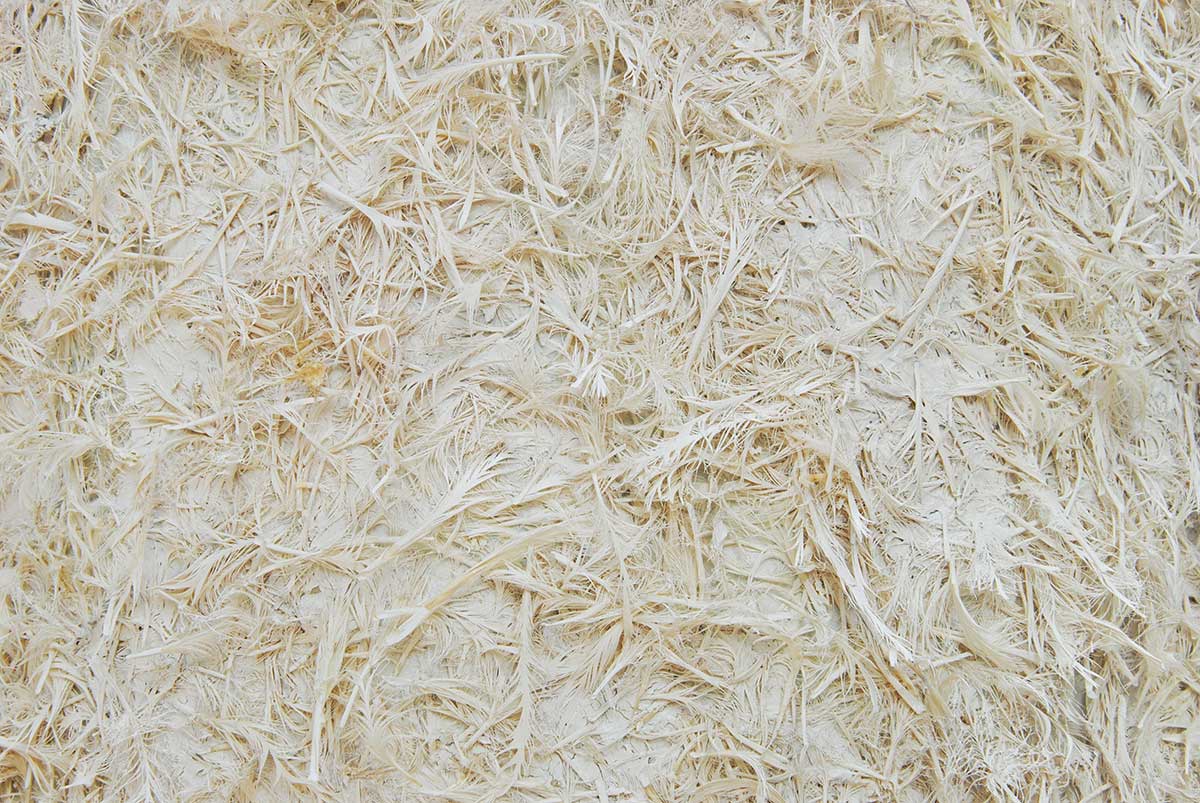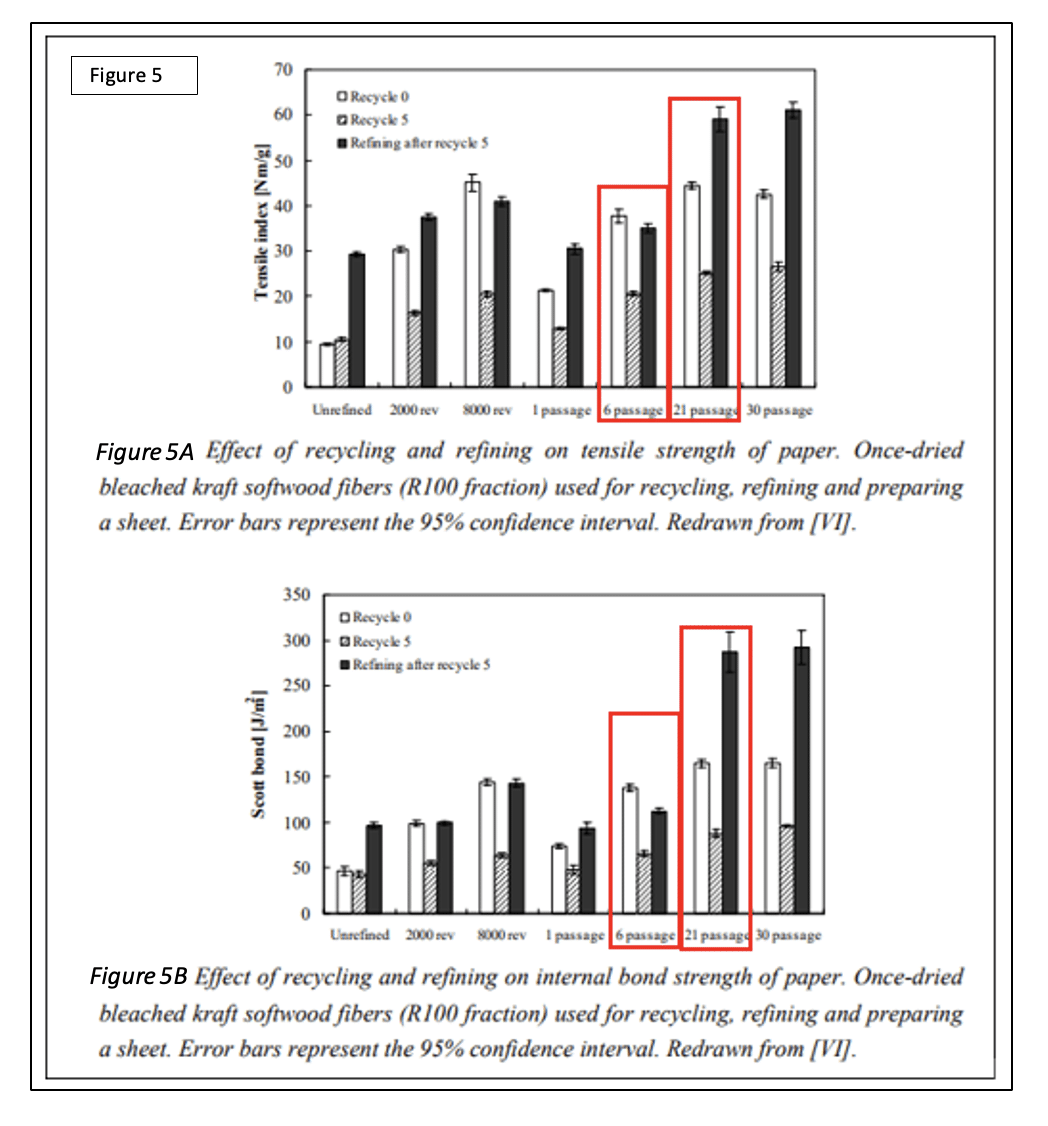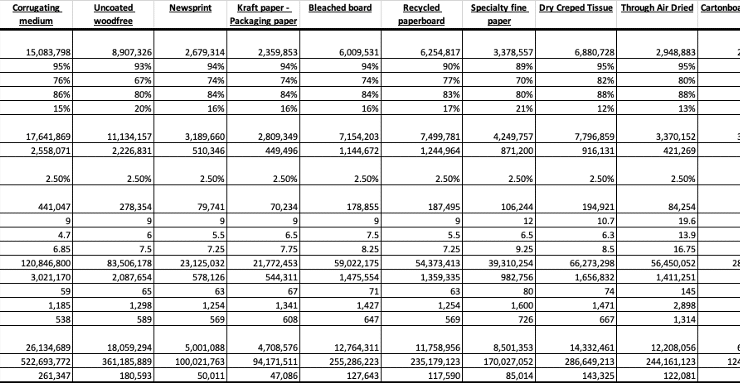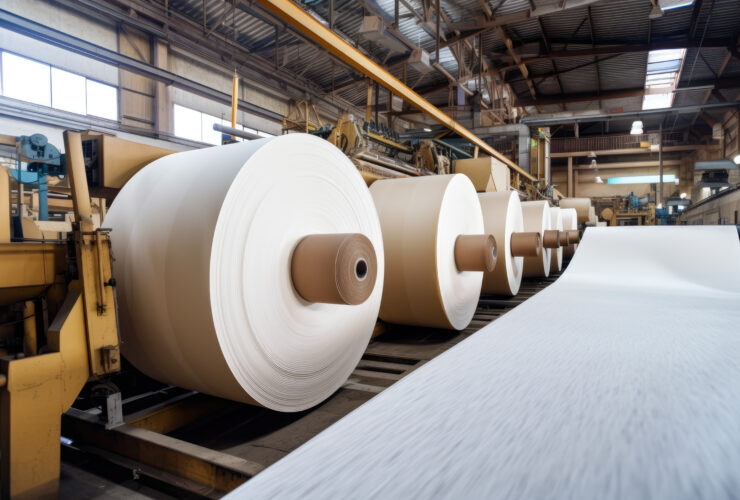This week’s post will focus on current R&D developments within Pulmac. This will touch on developments over the last decade that illustrates how to achieve strength enhancements focused on micro and nano fibrillation of pulp fibers. To better understand these breakthroughs, it’s helpful to provide a historical perspective on refining and how this new nanotechnology is opening doors to significant performance improvements that would have been impossible just a few years ago.
Refiner History
Before we get into these new micro and nano technologies, let’s step back to understand the role and importance of traditional refiners used in our industry. What dominants are the double-disk, rotor-stator refiners long considered the industry workhorse? These are closely coupled rotating disks with specific refiner plate designs for each substrate to be refined. Softwood refiner plates are very different from Hardwood refiner plates. To gain strength from virgin fibers for end-use such as linerboard, printing and writing, tissue, and towel, you need to start with the correct fiber. That fiber of choice would be softwoods. And there is a shortage of SW pulps now.
In the graph by Roy Whitney in his book The Story of Paper, there is a considerable difference between Softwoods and Hardwoods. Softwoods are roughly twice as long as Hardwoods, including greater fiber width and coarseness. Further, each refiner uses significant energy, with 1,000 to 4,000 HP motors used to drive the refiner plates with closely monitored gaps to open the fibers for bonding.


This explanation oversimplifies the refining process but says that you want softwoods for strength and hardwoods for bulk and smoothness. The key attribute that refining achieves is fraying the exterior of the fiber, but cutting the fibers is inevitable. Short or cut fibers do not have as much fiber-to-fiber bonding capability. Therefore, a balance needed is fraying the fiber and not cutting the fiber.
Back the frayed edges are called fibrils. Small hairy little fibers that provide fiber-to-fiber bonding. These same fibrils are also called crill. Crill becomes central to the function of refining. And that is how much fiber-to-fiber bonding occurs within the pulp slurry and then onto the finished product. Let me give an analogy we’ve all experienced for those unfamiliar with this fiber-to-fiber bonding. Spaghetti. If you think of a bowl of spaghetti, it has a significant interaction between the other spaghetti strands. Think of all the touch points of just one spaghetti made with hundreds of adjoining strands. And when the spaghetti dries just as in paper, there is a lot of fiber-to-fiber bonding. These are hydrogen bonds and are the same bonds that hold the paper-finished products together once dried.
Explanation of Crill
As noted in Figure 3, crill can be identified as the hairy little fibers within the pulp slurry. They are either bound or free of fiber. Crill is roughly a hundred times smaller than the fibers themselves yet plays a significant role in providing fiber-to-fiber bonding. This key point will be explained in the micro or nano-fibrillated fibers below.
Historically, freeness and fiber length was the primary control targets for refining. However, Crill is the single variable having the most substantial connection to pulp strength properties. The more crill on and around the fibers, the stronger the paper or board. Once crill is understood, pulps can be refined to a crill level vs. freeness or fiber length. This, in turn, allows for lowering energy consumption on the refiners.
Micro and Nano Level Fibrillation
As most would expect from a traditional refining perspective, cutting softwood and hardwoods or even recycled and non-wood plant species (bagasse, miscanthus, wheat straw, etc.) down to “fines” levels (defined as <0.1 mm or less) will destroy the critical reason to use long fibers – to generate fiber-to-fiber bonding. But to almost everyone’s surprise, reducing pulp fibers down to the micro and nano levels significantly boost fiber-to-fiber bonding. How? The mechanism discussed above generates significant fraying of these fibers, creating strong bonding sites. As a result, some papers refer to these very short fibers as Fines-Enriched fibers. And there are several methods to take pulp slurries down into these micro and nano levels. Generally, grinders are used to reduce fibers down past the 0.1 mm and lower level. In a future article, the focus will be on reviewing different grinding technologies available in the marketplace. But before this week’s thought leadership post wraps up, here is a glimpse at what is possible with these new “fines-enhanced” fibers.
In Figure 5, we can see what a 5% fines enriched pulp did based on using a grinder to push the material down into the micro and nano level. The graph in Fig 5A shows that the Tensile index increased from roughly 35 to 62 N m/g2, culminating in approximately a 75% increase in the Tensile Index. And in Figure 5B, the Scott Bond increased from about 110 to 275 J/m3, a 150% increase Scott Bond. Pulmac’s product on this exciting technology is called Glu-PulpTM. Call us to learn more.
More to come on this exciting technology. Micro fibrillated and Nano fibrillated products can add capabilities such as lightweight, improving paper machine performance to create ESG-friendly products to entice and drive new customers to your products. Stay tuned.








